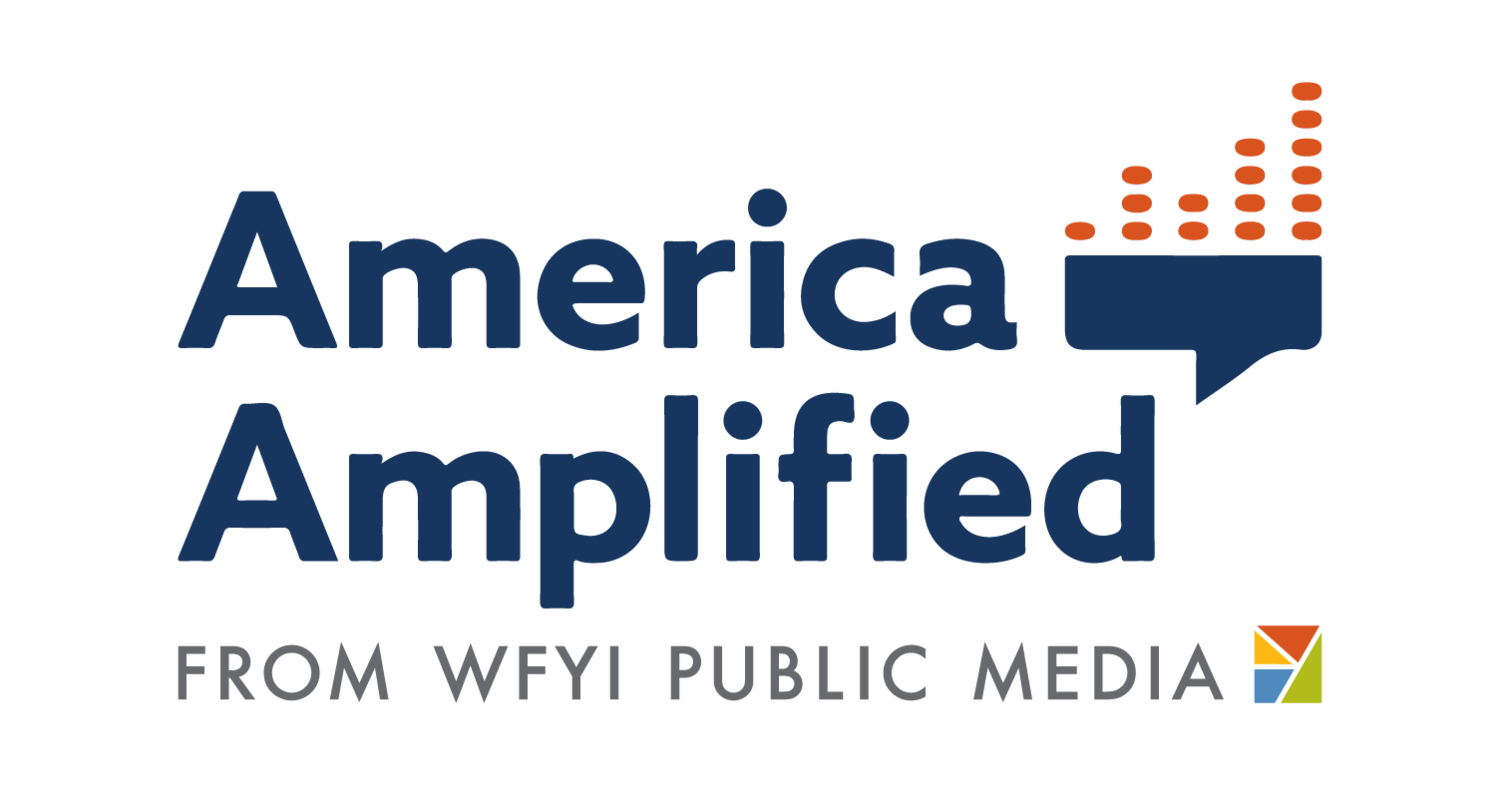Six Reasons Why Newsletter Strategy is Important for Public Media
A version of this piece was originally used for a newsletter course with the Knight Center for Journalism in the Americas at The University of Texas at Austin. It is adapted below for America Amplified.
Your newsletter strategy should dictate everything about your newsletter: the type of newsletter (prose vs. link heavy, number of content blocks), the data you collect, your engagement and loyalty building tactics, and how you approach monetizing your newsletter. In turn, the information, engagement and loyalty you create with your newsletter should cycle back to your newsletter strategy. Below are a few key places where newsletter strategy really matters.
One key newsletter strategy is leveraging regularity and frequency to build audience habit and loyalty.
Email newsletters published on a regular schedule — whether daily, weekly, or monthly — create audience loyalty. Loyalty is a major indicator of both likelihood to stick around as a reader (or, “retention”), and likelihood to become a paying contributor, which we’ll discuss more in point 7 below. In the Reuters Institute 2020 Digital News Report, the authors write that although “email news is no silver bullet solution…it does remain one of the most important tools available to publishers for building habit and attracting the type of customers that can help with monetisation (subscription or advertising).” A 2019 study out of Northwestern’s Medill Local News Initiative found that email newsletters offered an effective way to get more readers into a daily habit. See also Membership Puzzle Project’s research on paid acquisition for email list size growth, and how typically a larger email list means more people are reading an organization’s journalism, sharing stories with friends, engaging with surveys, and more.Newsletters can also offer you a direct connection with your audiences, creating more opportunities for engagement.
An email newsletter allows you to send new stories and coverage directly to readers – a notification and nudge that helps direct the reader’s attention. Take it from Tim Franklin, senior associate dean at Northwestern’s Medill School of Journalism: “An email newsletter is like a friend who checks in every day like clockwork.” With this direct connection comes great responsibility, including considering whether the content in your email is worth landing in your audience members’ virtual “living room,” (aka, their email inbox), and using the direct connection to responsibly engage with your audiences. Check out how 6AM City (a hyperlocal media company in the U.S.) uses newsletters to give its audiences a chance to respond and react to the stories they’re reading.They can allow newsrooms to provide targeted coverage and content for specific audiences.
Depending on your newslettering goals, one highly effective strategy for newsletters is using them as products to deliver highly targeted coverage (like the COVID-19 pandemic, local elections, or what to do this weekend), which allows newsrooms to build and serve specific audience segments. In addition to topic specificity, newsletters can also be designed to serve specific audience reader behaviors. Check out how NPR understands its continuum of newsletter consumption behaviors. This approach allows U.S. public broadcasters to create different newsletter products based on specific user behaviors, like skimmers vs. slow readers.Email newsletters can be powerful, money-making tools.
If your end goal is monetization, an engaged email newsletter list enormously aids in membership appeals, sponsored content packages, classified ad opportunities, and more monetization potential for newsrooms and independent newsletter writers. Within news outlets, a newsletter list attracts and retains paying subscribers (see how The Seattle Times did it), creates attractive sponsorship packages with local businesses, and leads to premium and paid-only newsletter products.Email newsletters lead to a rich repository of audience data – data that your newsroom owns and can use to adapt and improve your strategy.
Especially for public media where audience analytics data can be few and far between, email analytics can lead to valuable insights about your audiences’ behavior and preferences, which can in turn be used to both improve your newsletter and your newsroom’s other products. The Daily Maverick, a digital news site in South Africa, leveraged its newsletter list and newsletter analytics to launch a new membership program, and VT Digger, a digital news site in Vermont conducts simple audience research within its newsletters to better understand how to tweak its existing newsletter products. (For more on audience research via newsletters and for newsletters, check out one of our favorite audience research guides for newsrooms from the German publisher Krautreporter, here.)Newsletter strategizing develops a product-thinking mindset in newsrooms.
Going through this process creates more than just a newsletter – it’s building a product-mindset muscle for you and your team! The processes of defining a newsletter goal and strategy, conducting audience research for a newsletter product, launching a newsletter with an audience in mind, and continuing to test and learn, are the backbone of a product-thinking mindset. Sunnie Huang, The Economist’s newsletter editor, urges newsrooms to view the newsletter as a standalone product (essentially, as a unique destination for the user rather than an avenue to merely drive traffic to the website). See also how the Lenfest Local Lab leverages product-design tactics to develop and improve newsletters.


